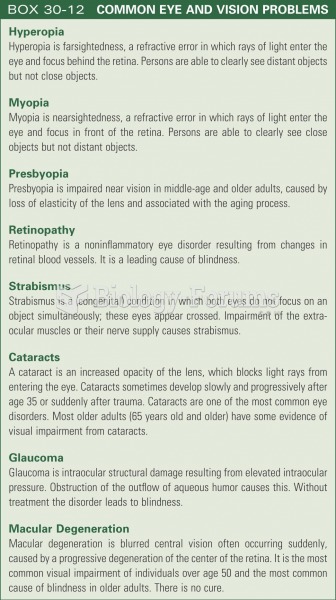Answer to Question 1
Although the cost of workers' compensation is increasing steadily, the amount of compensation going to injured workers is often disturbingly low. In a given year, if workers' compensation payments in the United States amount to around 27 billion (which is typical), 17 billion of this goes to benefits. Almost 10 billion is taken up by medical costs.
The most fundamental problem with workers' compensation is that it is not fulfilling its objectives. Lost income is not being adequately replaced, the number of accidents has not decreased, and the effectiveness of cost allocation is questionable. Clearly, the final chapter on workers' compensation has not yet been written.
Answer to Question 2
Section 11(c) of the OSHAct delineates employee rights. These rights are actually protection against punishment for employees who exercise their right to pursue any of the following courses of action:
Complain to an employer, union, OSHA, or any other government agency about job safety and health hazards.
File safety or health grievances.
Participate in a workplace safety and health committee or in union activities concerning job safety and health.
Participate in OSHA inspections, conferences, hearings, or other OSHA-related activities.
Expect employers to make review copies available of OSHA standards and requirements.
Ask employers for information about hazards that may be present in the workplace.
Ask employers for information on emergency procedures.
Receive safety and health training.
Be kept informed about safety and health issues.
Anonymously ask OSHA to conduct an investigation of hazardous conditions at the work site.
Be informed of actions taken by OSHA as a result of a complaint.
Observe during an OSHA inspection and respond to the questions asked by a compliance officer.
See records of hazardous materials in the workplace.
See their medical record.
Review the annual Log and Summary of Work-Related Injuries.
Have an exit briefing with the OSHA compliance officer following an OSHA inspection.
Anonymously ask NIOSH to provide information about toxicity levels of substances used in the workplace.
Challenge the abatement period given employers to correct hazards discovered in an OSHA inspection.
Participate in hearings conducted by the Occupational Safety and Health Review Commission.
Be advised when an employer requests a variance to a citation or any OSHA standard.
Testify at variance hearings.
Appeal decisions handed down at OSHA variance hearings.
Give OSHA input concerning the development, implementation, modification, and/or revocation of standards.







